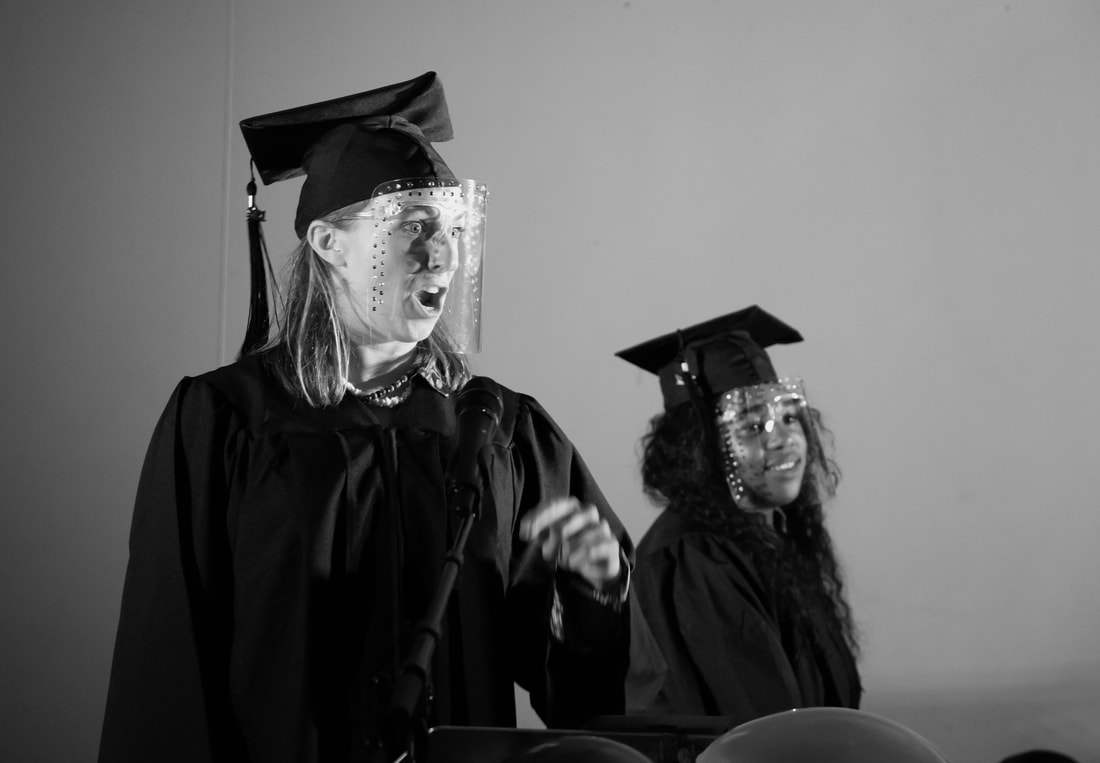Corporate History of Co-Creation – Language we use across the creative sector highlighted in bold
Here’s a brief history of the idea, which remains emergent and evolving still today.
1960–70s
Trade unions in Scandinavia extend the workplace democracy movement into the right of workers to co-design IT systems that impact their job. They call this cooperative design.
1970s
Americans get interested in the “Scandinavian Approach” but think “cooperative” sounds too collectivistic, so they call it participatory design.
1971
John Heron coins the term collaborative inquiry to describe the importance of researching “with” rather than “on” people. Engaging end-users in research and insight gathering gains acceptance.
1980s
Participatory design extends from system design to other fields. Urban planners are early adopters, calling it collaborative placemaking or collaborative planning. They study the impact of the approach, citing improvements in efficiency, reduced blockages, and magnitude of goals achieved.
1988
Don Norman coins the term user-centered design in his influential book Design of Everyday Things. This marks a shift from participatory design as an engineering mindset focused on requirements and tasks to a design mindset focused on holistic systems and human needs.
1990s
User-centered design evolves towards human-centered design and design thinking more broadly. Participatory design remains a more specific, focused strain within these movements.
1993
Larry Susskind founds the Consensus Building Institute, launching a generation of professional negotiators steeped in the theory of collaborative dispute resolution that features co-creative activities such as joint fact-finding.
2000s
Studies performed on the outcomes of co-creation found participants in co-creative processes experienced increases in individual competence, support for the outcome, perceived legitimacy of process, and strengthened social networks.
2000
University of Michigan Professors CK Prahalad and Venkat Ramaswamy coin the term co-creation in their Harvard Business Review article Co-Opting Customer Competence.
2006
Jeff Howe at Wired Magazine coins the term crowdsourcing, continuing the interest in breaking down barriers between consumers and enterprises in the interest of co-creation.
[Stephanie Gioia - Future Work Design, 2015]
1960–70s
Trade unions in Scandinavia extend the workplace democracy movement into the right of workers to co-design IT systems that impact their job. They call this cooperative design.
1970s
Americans get interested in the “Scandinavian Approach” but think “cooperative” sounds too collectivistic, so they call it participatory design.
1971
John Heron coins the term collaborative inquiry to describe the importance of researching “with” rather than “on” people. Engaging end-users in research and insight gathering gains acceptance.
1980s
Participatory design extends from system design to other fields. Urban planners are early adopters, calling it collaborative placemaking or collaborative planning. They study the impact of the approach, citing improvements in efficiency, reduced blockages, and magnitude of goals achieved.
1988
Don Norman coins the term user-centered design in his influential book Design of Everyday Things. This marks a shift from participatory design as an engineering mindset focused on requirements and tasks to a design mindset focused on holistic systems and human needs.
1990s
User-centered design evolves towards human-centered design and design thinking more broadly. Participatory design remains a more specific, focused strain within these movements.
1993
Larry Susskind founds the Consensus Building Institute, launching a generation of professional negotiators steeped in the theory of collaborative dispute resolution that features co-creative activities such as joint fact-finding.
2000s
Studies performed on the outcomes of co-creation found participants in co-creative processes experienced increases in individual competence, support for the outcome, perceived legitimacy of process, and strengthened social networks.
2000
University of Michigan Professors CK Prahalad and Venkat Ramaswamy coin the term co-creation in their Harvard Business Review article Co-Opting Customer Competence.
2006
Jeff Howe at Wired Magazine coins the term crowdsourcing, continuing the interest in breaking down barriers between consumers and enterprises in the interest of co-creation.
[Stephanie Gioia - Future Work Design, 2015]


